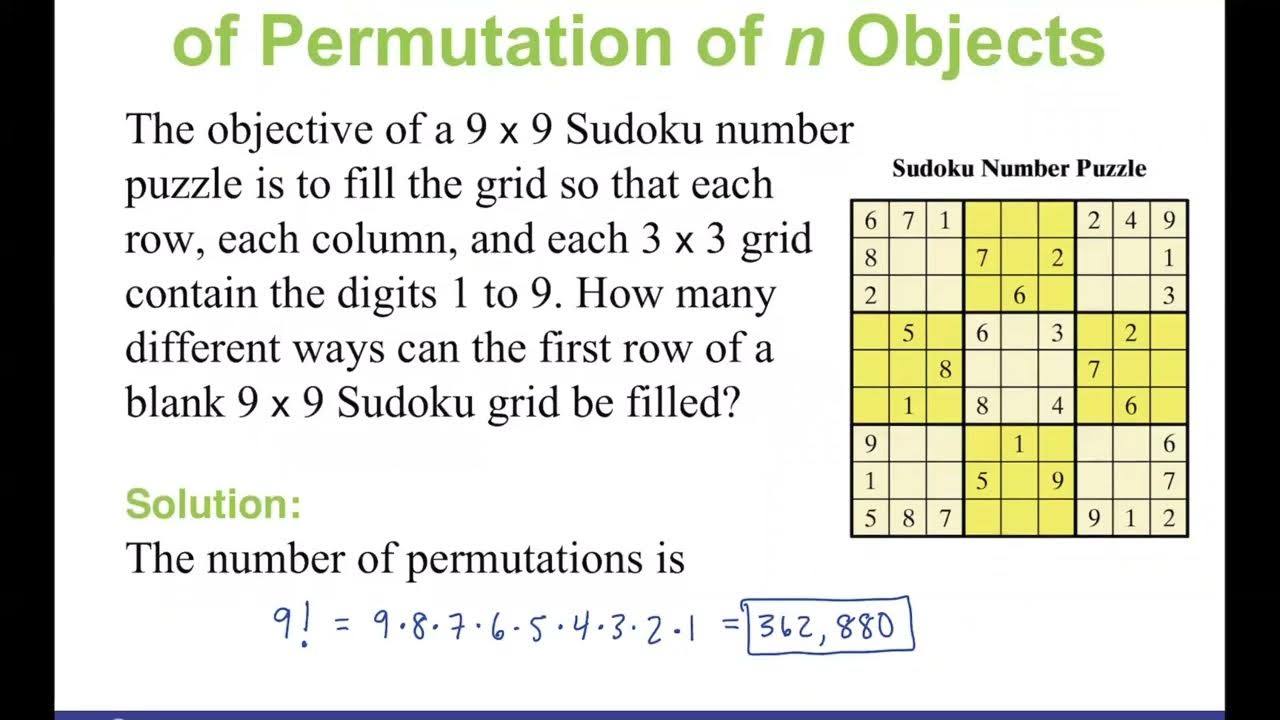Probabilitas (Peluang) - Pengantar Statistika Ekonomi dan Bisnis (Statistik 1) | E-Learning STA
Summary
TLDRIn this comprehensive lecture on probability, Jihan Nadila explores fundamental concepts such as statistical and relative probability, along with various counting principles like permutations and combinations. The presentation delves into essential rules for determining probability, including union and intersection of events, and highlights the differences between mutually exclusive and independent events. Additionally, Bayes' Theorem is introduced as a method for updating probabilities based on new information. The session concludes with the expected value, providing a mathematical foundation for decision-making in uncertain situations. This engaging overview empowers learners with essential tools for analyzing probabilities in real-world contexts.
Takeaways
- 😀 Probability is a value between 0 and 1 that indicates the likelihood of an event occurring.
- 🔍 There are two main approaches to determining probability: objective and subjective.
- 📊 Objective probability includes statistical probability, where all outcomes have equal chances, and relative probability, based on past frequencies.
- ⚖️ The rules of probability dictate that values must fall between 0 and 1, where 0 means an event cannot occur and 1 means it is certain to occur.
- ➕ The addition principle states that for mutually exclusive events, the total probability is the sum of their individual probabilities.
- 📏 The multiplication principle states that if there are 'm' ways to do one thing and 'n' ways to do another, the total arrangements are m × n.
- 🔄 Permutations consider the arrangement of objects where order matters, while combinations do not consider order.
- 🧮 Bayes' theorem is used to update the probability of an event based on new information, utilizing conditional probabilities.
- 💼 In decision-making scenarios, calculating expected values helps in evaluating the best option based on probabilities and outcomes.
- 🤝 Independent events do not influence each other's probabilities, whereas dependent events do, affecting the outcome based on previous occurrences.
Q & A
What is probability and what range does it cover?
-Probability is a value ranging from 0 to 1 that represents the likelihood of an event occurring.
What are the two main approaches to determining probability?
-The two main approaches are objective (which includes statistical and relative probability) and subjective (based on an individual's beliefs).
What is the formula for calculating statistical probability?
-The formula for statistical probability is P(A) = x/n, where 'x' is the number of favorable outcomes and 'n' is the total number of possible outcomes.
How is relative probability calculated?
-Relative probability is calculated using the formula P(A) = f/N, where 'f' is the frequency of the event occurring and 'N' is the total frequency of all events.
What are the key rules governing probabilities?
-Key rules include that the probability values must lie between 0 and 1, and the sum of probabilities for all possible outcomes must equal 1.
Can you explain the principle of multiplication in counting arrangements?
-The principle of multiplication states that if there are 'm' ways to do one thing and 'n' ways to do another, the total arrangements can be calculated as m × n.
What distinguishes permutations from combinations?
-Permutations consider the arrangement or order of objects (P(n, r) = n!/(n-r)!), while combinations focus only on the selection of objects without regard to order (C(n, r) = n!/(r!(n-r)!)).
What is a mutually exclusive event?
-A mutually exclusive event is one where the occurrence of one event means the other cannot occur at the same time, represented by P(A ∪ B) = P(A) + P(B).
How does Bayes' theorem apply in probability?
-Bayes' theorem provides a way to update the probability of an event based on new evidence, calculated as P(A|B) = [P(B|A) × P(A)] / P(B).
What is expected value and how is it calculated?
-Expected value is the average value of a random variable, calculated using the formula E(X) = Σ[P(x) × x], where P(x) is the probability of each outcome.
Outlines

This section is available to paid users only. Please upgrade to access this part.
Upgrade NowMindmap

This section is available to paid users only. Please upgrade to access this part.
Upgrade NowKeywords

This section is available to paid users only. Please upgrade to access this part.
Upgrade NowHighlights

This section is available to paid users only. Please upgrade to access this part.
Upgrade NowTranscripts

This section is available to paid users only. Please upgrade to access this part.
Upgrade Now5.0 / 5 (0 votes)





